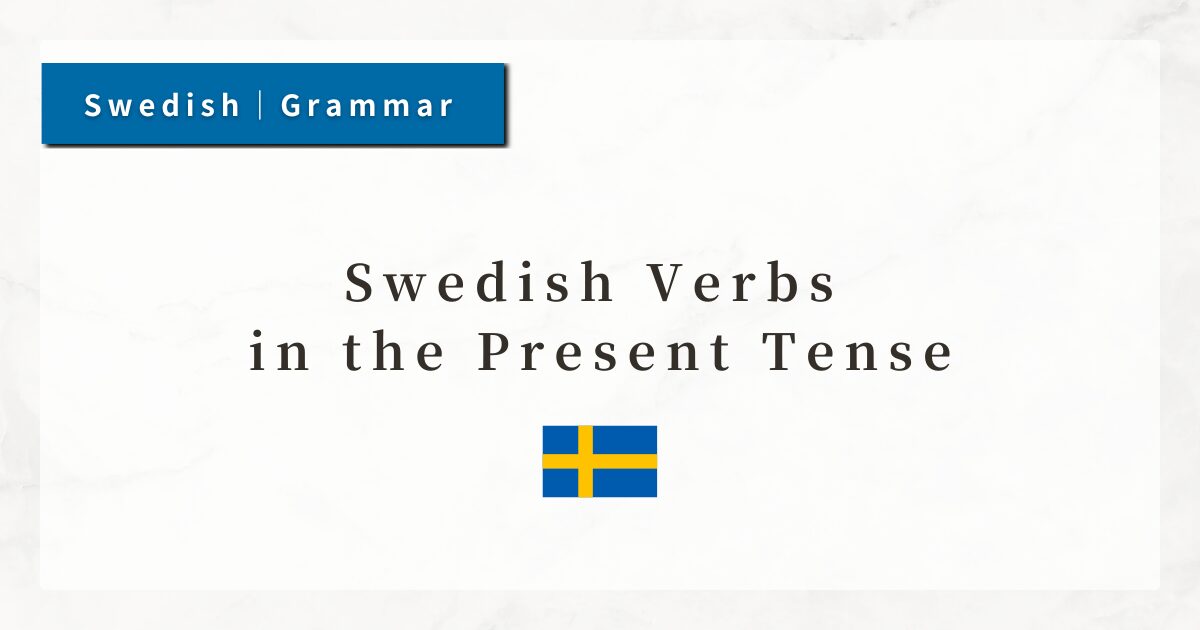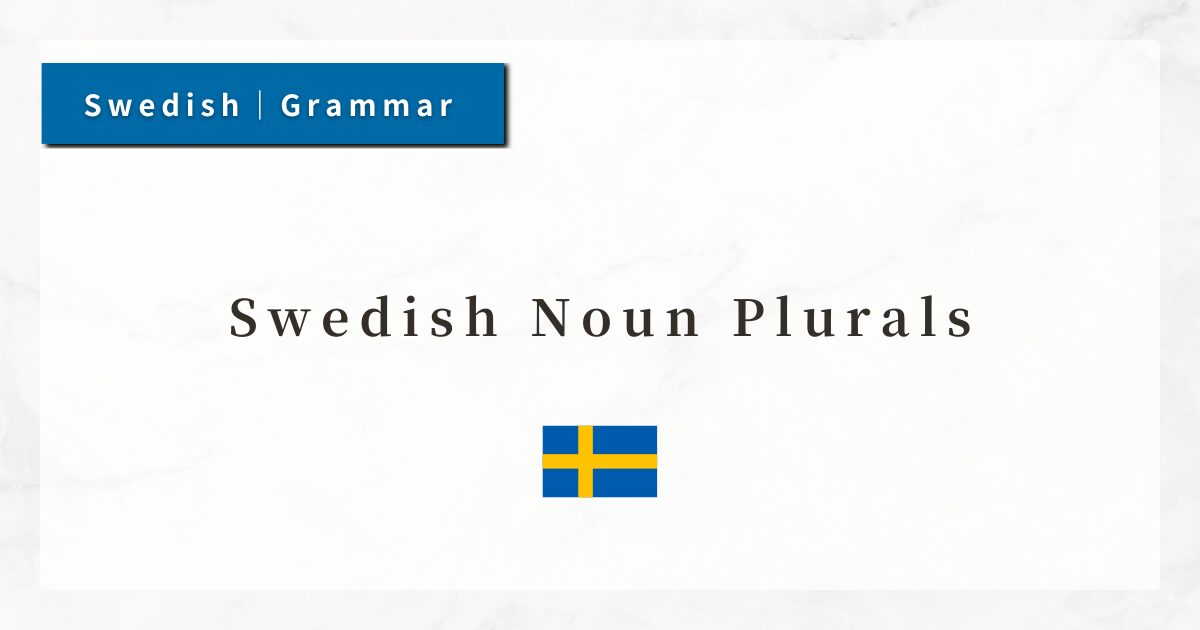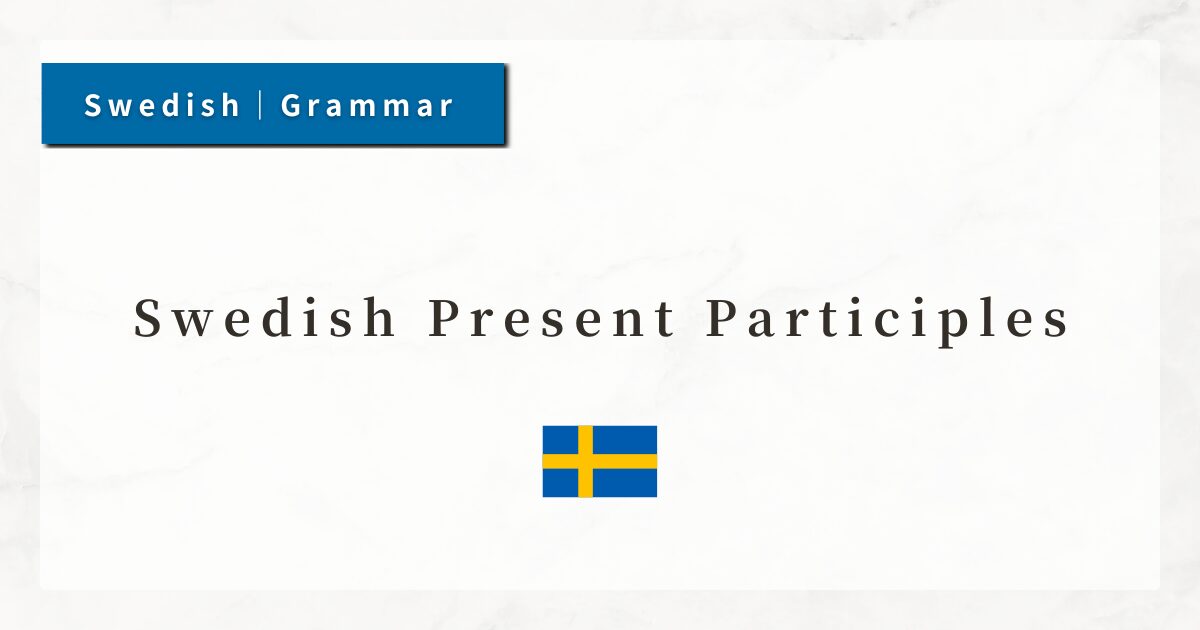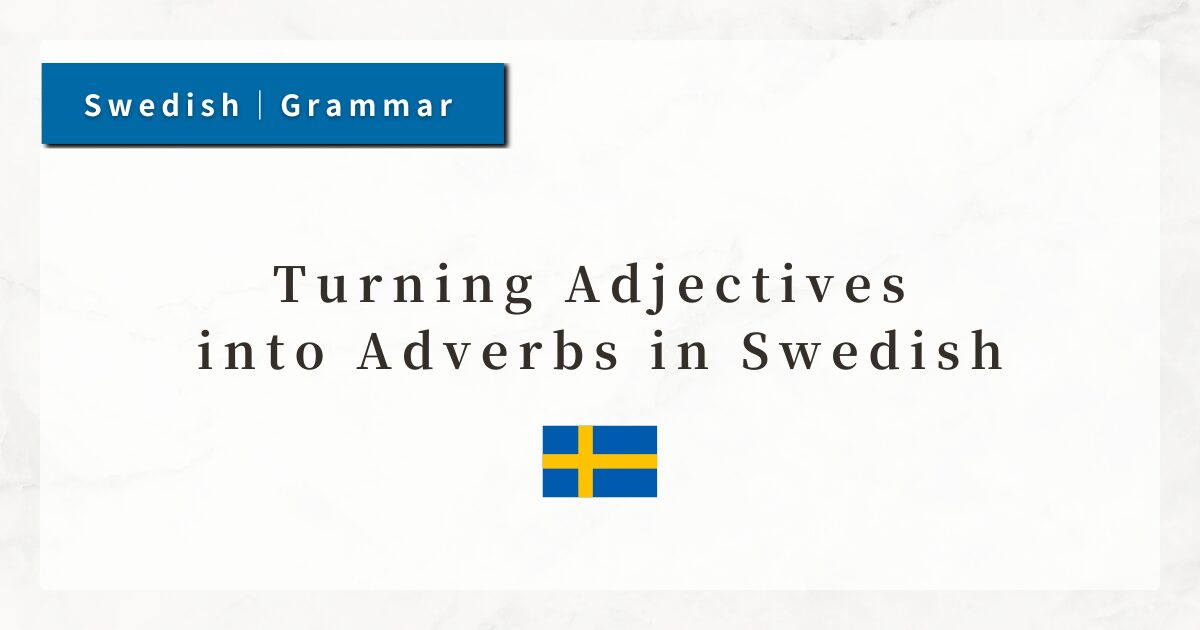#57 Relative Pronouns in Swedish|How to Use som, vilken, vars, vad
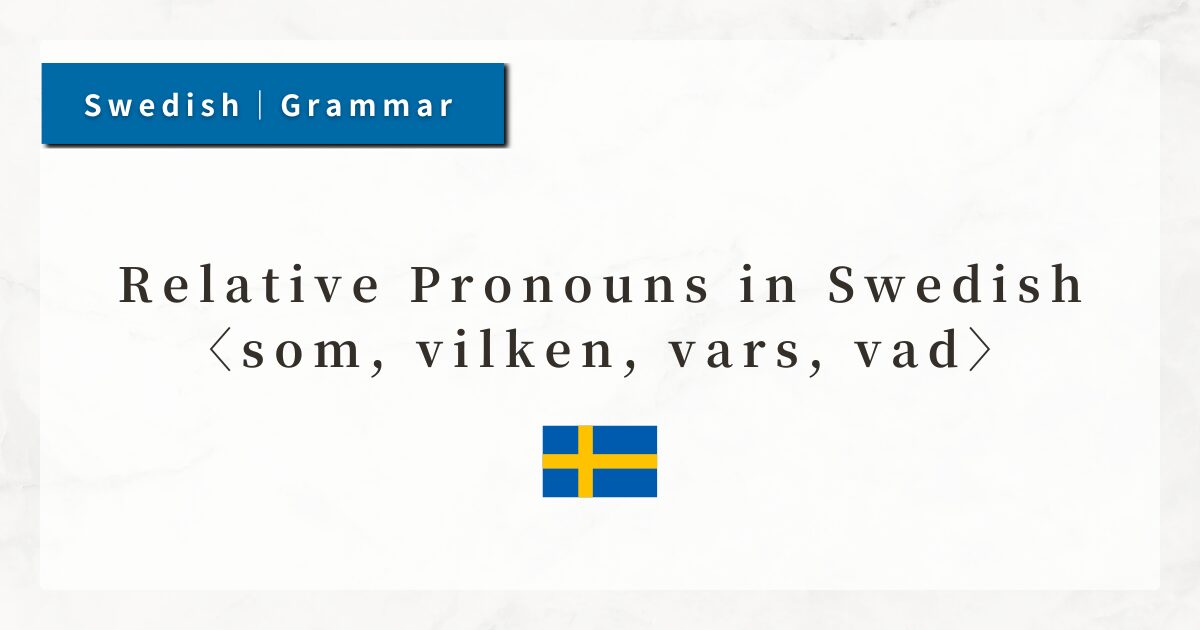
Relative pronouns in Swedish are used to connect two clauses and add explanations, such as “the person who …” or “the thing that ….”
They correspond to English pronouns like who, which, and that, and are essential for making sentences more expressive.
In this lesson, I will explain the main Swedish relative pronouns and how to use them.
1. What Are Relative Pronouns?
Relative pronouns introduce a subordinate clause that describes a preceding noun.
- Jag känner en man. Han bor i Uppsala.
(I know a man. He lives in Uppsala.)
These two sentences can be combined:
- Jag känner en man som bor i Uppsala.
(I know a man who lives in Uppsala.)
Here, som is the relative pronoun.
2. Basic Types of Relative Pronouns
In Swedish, the following relative pronouns are commonly used:
| Relative Pronoun | Usage | Example |
|---|---|---|
| som | The most common relative pronoun. Used for both people and things. | Jag har en vän som bor i Japan. (I have a friend who lives in Japan.) |
| vilken / vilket / vilka | Mainly used in written language. Must agree with the gender and number of the noun. | Boken, vilken jag köpte igår, är intressant. (The book, which I bought yesterday, is interesting.) |
| vars | Expresses possession. Equivalent to English whose. | Jag känner en man vars dotter studerar i Lund. (I know a man whose daughter studies in Lund.) |
| vad | Refers to indefinite things or concepts (“what/that which”). | Han berättade allt vad han visste. (He told everything he knew.) |
3. Usage and Examples
3-1. som: The Most Common Relative Pronoun
Som can refer to both people and things, and it can function as either subject or object.
It is by far the most frequently used relative pronoun in both speech and writing.
- Det finns många människor som gillar musik.
(There are many people who like music.) - Filmen som vi såg igår var bra.
(The movie we saw yesterday was good.)
When som functions as the object, it may be omitted.
- Filmen (som) vi såg igår var bra.
(The movie we saw yesterday was good.)
3-2. vilken / vilket / vilka: Formal Written Pronouns
The forms vilken (common gender), vilket (neuter), and vilka (plural) must agree with the gender and number of the antecedent.
They are rarely used in everyday speech but are preferred in formal writing or academic contexts.
- Staden, vilken ligger vid kusten, är vacker.
(The town, which lies by the coast, is beautiful.) - Husen, vilka byggdes på 1800-talet, är historiska.
(The houses, which were built in the 19th century, are historical.)
In spoken Swedish, som is more natural.
3-3. vars: Expressing Possession
Vars corresponds to English whose, and indicates possession.
- Jag känner en kvinna vars son är läkare.
(I know a woman whose son is a doctor.) - Vi såg en bil vars färg var röd.
(We saw a car whose color was red.)
It is used when incorporating “of/whose” into the relative clause.
3-4. vad: Referring to Indefinite “Things/Concepts”
Vad refers to “that which” or “what” when the antecedent is indefinite. It often appears together with det.
- Han berättade allt vad han visste.
(He told everything that he knew.) - Det är just det vad jag menar.
(That is exactly what I mean.)
The structure det + vad is a way of emphasizing “that is exactly what ….”
4. Summary
- Swedish has four basic relative pronouns: som, vilken, vars, and vad.
- Som is the most common, and can be used for both subjects and objects. It can be omitted when functioning as the object.
- Vilken is more formal, and agrees with the gender/number of the noun.
- Vars expresses possession, equivalent to English whose.
- Vad refers to indefinite “things/ideas” and is often used in the structure det + vad for emphasis.

